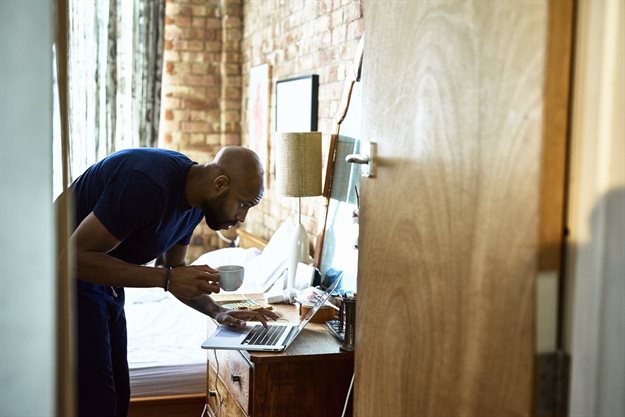One need only glance at news headlines and the trending topics on social media to discover that data costs are a hot topic right now. During his State of the Nation Address in June, President Cyril Ramaphosa responded to the #DataCostMustFall movement by announcing that within the month of July, communications minister Stella Ndabeni-Abrahams would provide the policy direction to shed light on the way forward on this issue.

Image source: Gallo/Getty
Some foreign investors might struggle to understand why this is such a trending topic. In most other countries around the world, stable, affordable internet connectivity is widely available. A global study revealed that only 53% of South Africans have access to the internet, compared to 73% and 86% in other developing nations such as Columbia and Argentina respectively. So, while many within the international community might take their home’s uncapped internet connection for granted, the majority of South Africans (85%) are forced to access the internet through their mobile devices because they are unable to afford the costs of the monthly internet bill.
To address the issue, the government implemented a plan back in 2013 to ensure that all citizens would have access to affordable, reliable internet by 2030. Thereafter, fibre cables were installed in place of the slower, more expensive ADSL lines that were previously in use.
Fibre-ready property
Having a fibre-ready property is a huge drawcard for tenants, which is why investors should not assume but rather check fibre availability within a suburb before going ahead with the purchase. Most internet providers host fibre maps on their website which show consumers whether fibre connections are available, in progress, or planned to be installed soon. This can help investors decide whether they want to purchase in that area or look elsewhere.
Following the promises made during the SONA of developing a futuristic, technology-enabled South Africa, my hope is that the government will follow through and implement the policies that will enable this to take place. Lowering data costs and expanding internet penetration will align us with the rest of the global community thereby stimulating foreign investment confidence, bolstering our economy and positively impacting the local property market. I, therefore, eagerly await the announcement of any policy decisions around this issue.








































